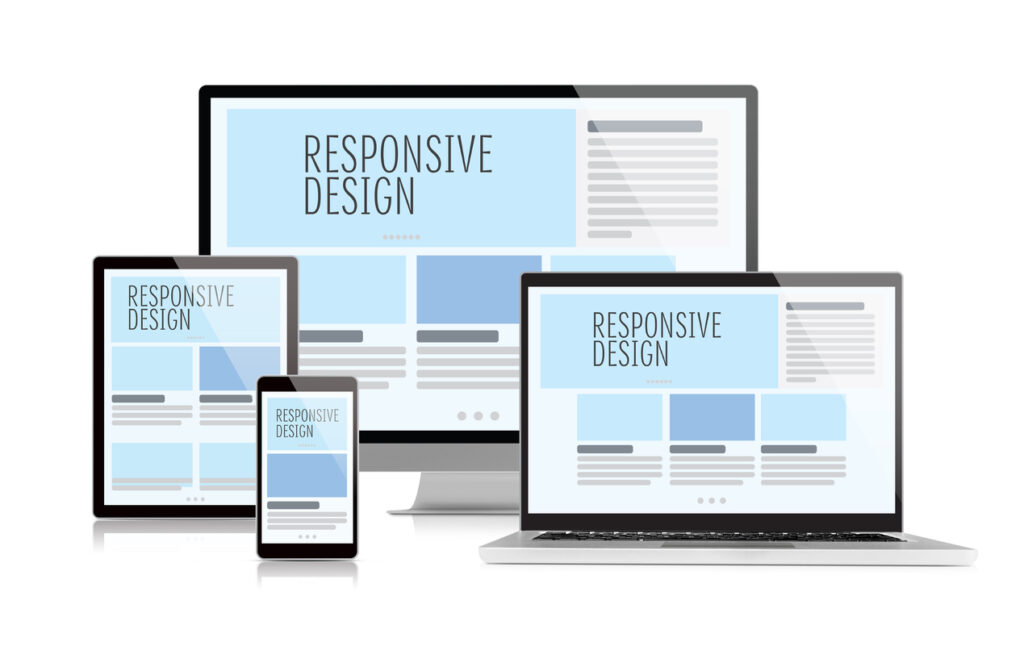Buzz Haven: Your Daily Dose of News
Stay informed and entertained with the latest buzz in news, trends, and insights.
Responsive Web Design: Because Your Website Shouldn’t Have a Split Personality
Unlock seamless user experiences with responsive web design—your website deserves to shine on every screen!
Understanding the Basics of Responsive Web Design: What You Need to Know
Responsive web design is an approach that ensures your website provides an optimal viewing experience across a wide range of devices. This means that whether users are on a desktop computer, tablet, or smartphone, they will be able to navigate and read your content without needing to resize or scroll excessively. At its core, responsive design is about fluid grids, flexible images, and CSS media queries that adapt your website layout based on the screen size and resolution. By paying attention to these fundamental components, you can enhance user experience, reduce bounce rates, and ultimately improve your search engine optimization (SEO) performance.
One of the critical elements of responsive web design is the use of media queries, which allow you to apply different styles to your website based on the characteristics of the device accessing it. For instance, you might want to adjust the navigation menu for smaller screens or change font sizes to improve readability. Additionally, a responsive design can significantly help with your website's loading speed, another vital factor for SEO. Google has emphasized the importance of mobile-friendliness in its ranking algorithm, making understanding and implementing responsive design essential for anyone looking to establish a successful online presence.

Top 5 Benefits of Implementing Responsive Web Design for Your Website
Implementing responsive web design offers numerous benefits that can significantly enhance your website's performance and user experience. Firstly, it helps improve mobile usability, allowing your site to adapt seamlessly to various screen sizes. As mobile internet usage continues to rise, having a responsive design ensures that visitors on smartphones and tablets experience your content just as effectively as those on desktop computers. This adaptability not only keeps users engaged but also increases the likelihood of conversions.
Secondly, a responsive design can boost your SEO rankings. Search engines like Google prioritize mobile-friendly websites in their search results, making it essential for businesses to adopt responsive design techniques. By using a single URL for both desktop and mobile versions, you facilitate better indexing for search engines, enhancing your overall online visibility. Ultimately, investing in responsive web design not only leads to a better user experience but also contributes to stronger search performance.
How to Test Your Website's Responsiveness Across Different Devices
Testing your website's responsiveness is essential in today's multi-device world. Start by defining the devices you want to test on, such as smartphones, tablets, and desktops. You can create an ordered list of popular device sizes to focus on:
- iPhone 13: 390 x 844 pixels
- iPad: 810 x 1080 pixels
- MacBook Pro: 1440 x 900 pixels
Once you have your list, use tools like Google Chrome's DevTools to simulate each device's screen size.
After simulating the various devices, check the layout of your website. Look out for elements that may not be functioning properly or are out of proportion. You can conduct a thorough review by asking yourself these questions:
1. Are images loading correctly and resizing based on the screen size?
2. Is navigation easy to use on smaller screens?
3. Do text elements remain readable without zooming in?
By systematically going through these points, you can ensure your website provides a seamless user experience across all devices.